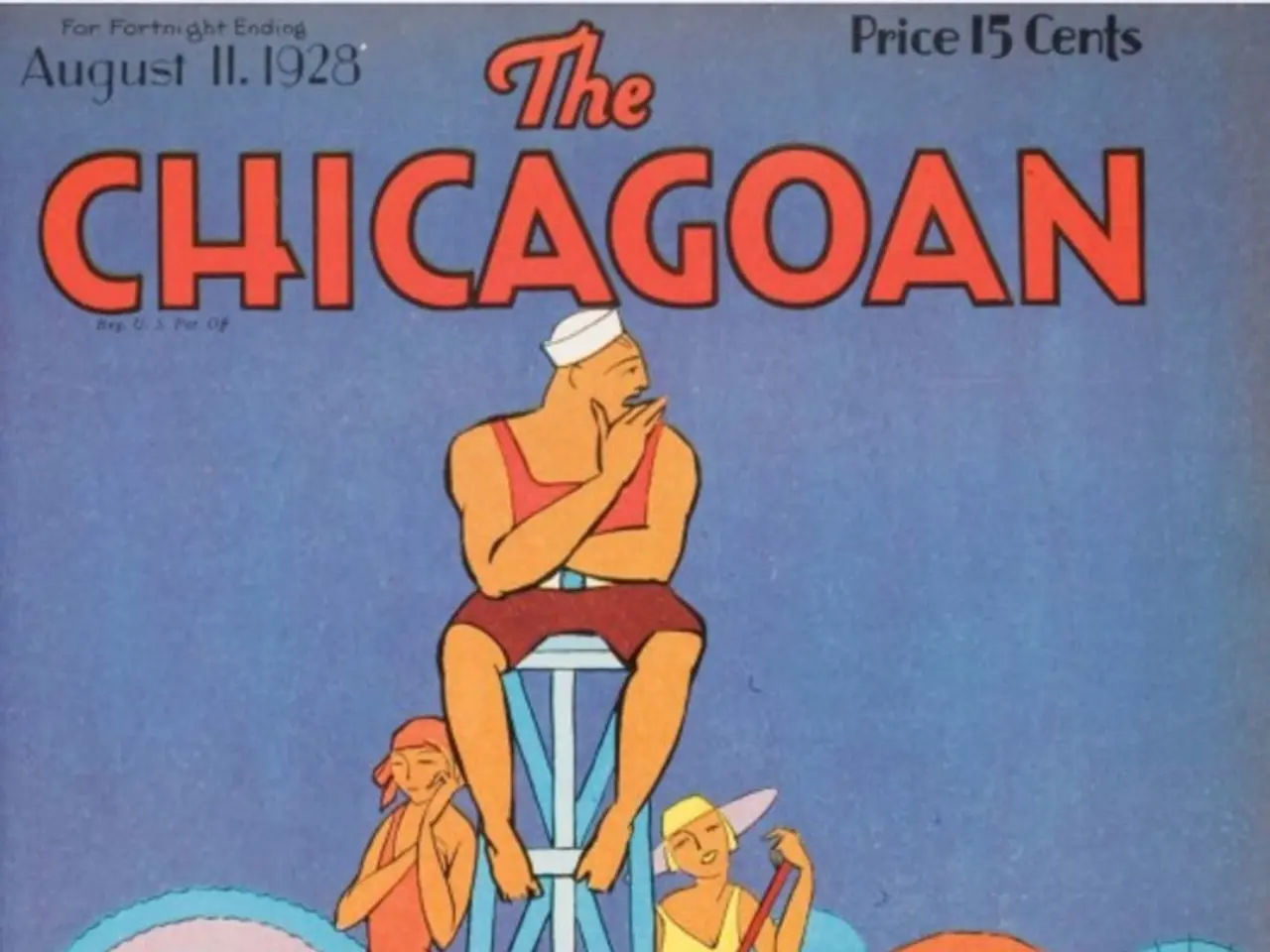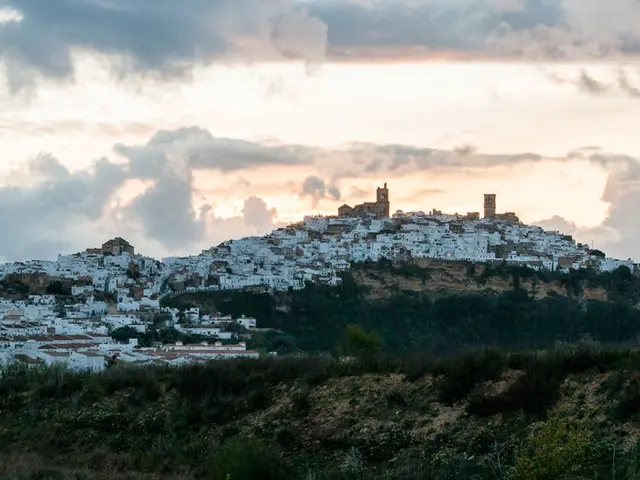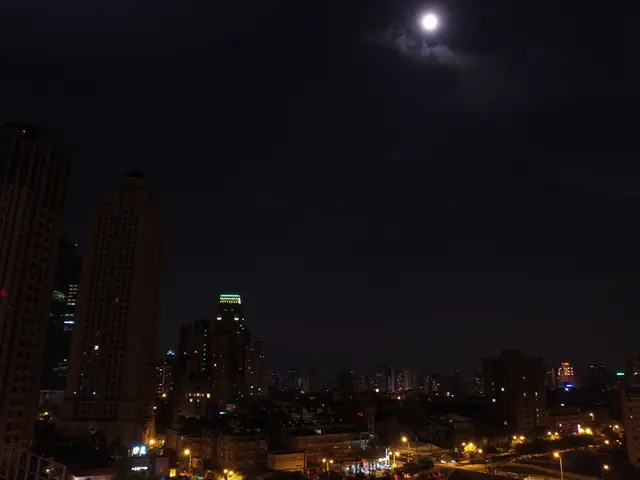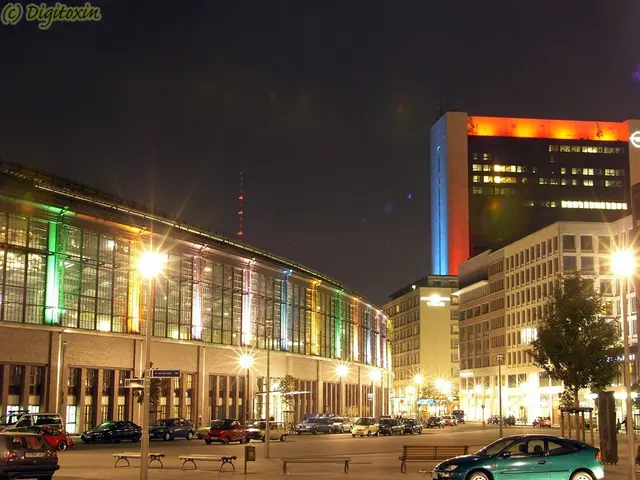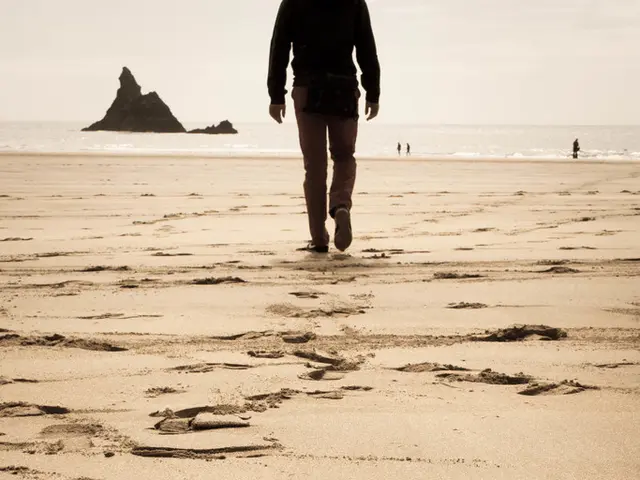Ticket sales at Venice's entrance generate approximately 5.4 million euros
In the heart of Italy, the historic city of Venice continues to grapple with the challenges of overtourism. One of the measures introduced to manage this issue is the controversial entry ticket system for day-trippers, which was applied for a second time this year.
During the second phase, the system was in effect for 54 days, distributed over weekends and holidays in April, May, June, and July. Over 720,000 paying visitors were counted, more than double the number from the first year in 2024, generating approximately €2.2 million in revenue. This is almost twice the revenue generated during the initial test phase in 2024.
The revenue, minus operating costs, is intended to directly benefit the city and its residents. The finance councilor, Michele Zuin, stated that the system worked well in its second year and provided more planning security for visitors. Some of the funds are being used for purposes such as stable waste fees.
Regarding projections for 2026, explicit revenue forecasts from the ticket system in Venice are not provided. However, given the expansion of eligible days and continued tightening of entry regulations for organized groups at sites like St Mark’s Basilica, it is reasonable to anticipate that revenues could increase correspondingly. The Basilica’s system, for instance, has been adjusted to allow up to 5,200 visitors per day and mandates more controlled, named bookings starting in 2026.
Despite the revenue generated, the question of whether the entry fee is sufficient to curb mass tourism remains. Critics note that it has done little to actually deter crowds, with the main goal being managing visitor flow during peak periods. The entry fee varies from €5 for bookings made at least four days in advance to €10 for last-minute bookings.
The entry regulation is intended to help better control mass tourism in Venice. However, criticism remains regarding the numerous exceptions and the lack of a binding visitor limit. Exceptions to the ticket system continue to apply for locals, children, and overnight guests who already pay the tourist tax.
Supporters view the entry system as a symbolic sign of Venice's fragility and the need for protection. Fewer than 50,000 people live in Venice's old town, but millions of tourists visit every year. The end of the second phase of the controversial system was recently marked by 485,000 people.
As Venice continues to navigate the complexities of managing tourism, the entry ticket system remains a significant part of its multi-faceted approach. A comprehensive evaluation of the collected data is still pending, shedding light on the system's long-term effectiveness in managing overtourism.
- The revenue generated from the entry ticket system in Venice, primarily allocated towards benefits for the city and its residents, also provides funds for purposes such as stable waste fees, contributing to the city's finance policy and lifestyle.
- As the entry ticket system in Venice is poised for expansion in 2026, it is expected to contribute to the city's economy, serving as a vital source of revenue for the business sector, including travel and tourism companies, in addition to aiding in the management of overtourism.
